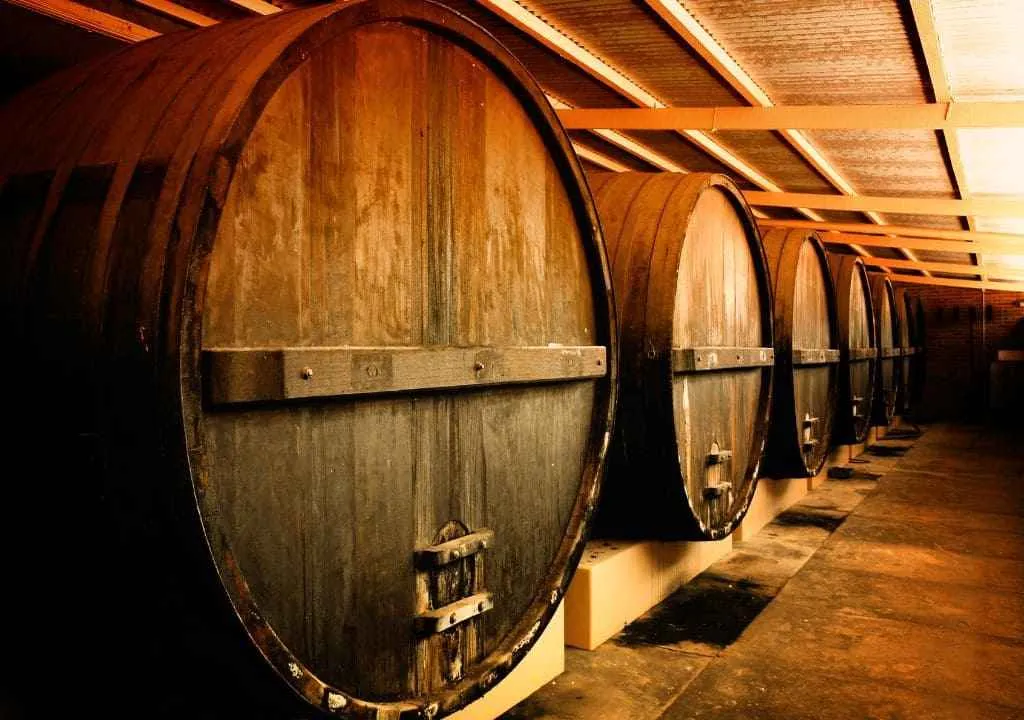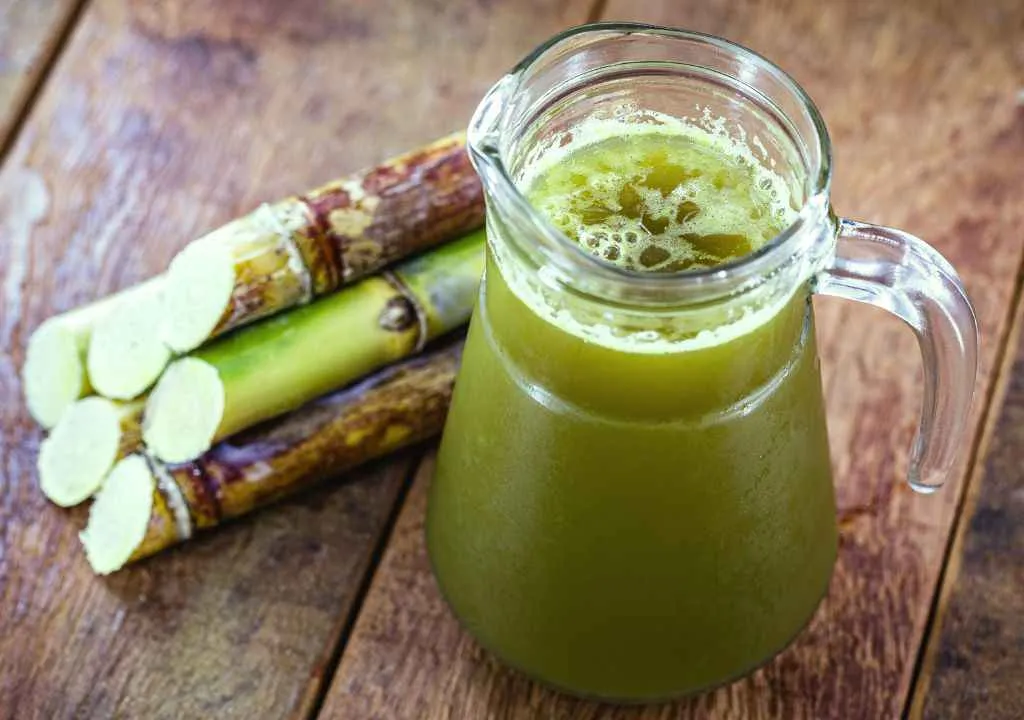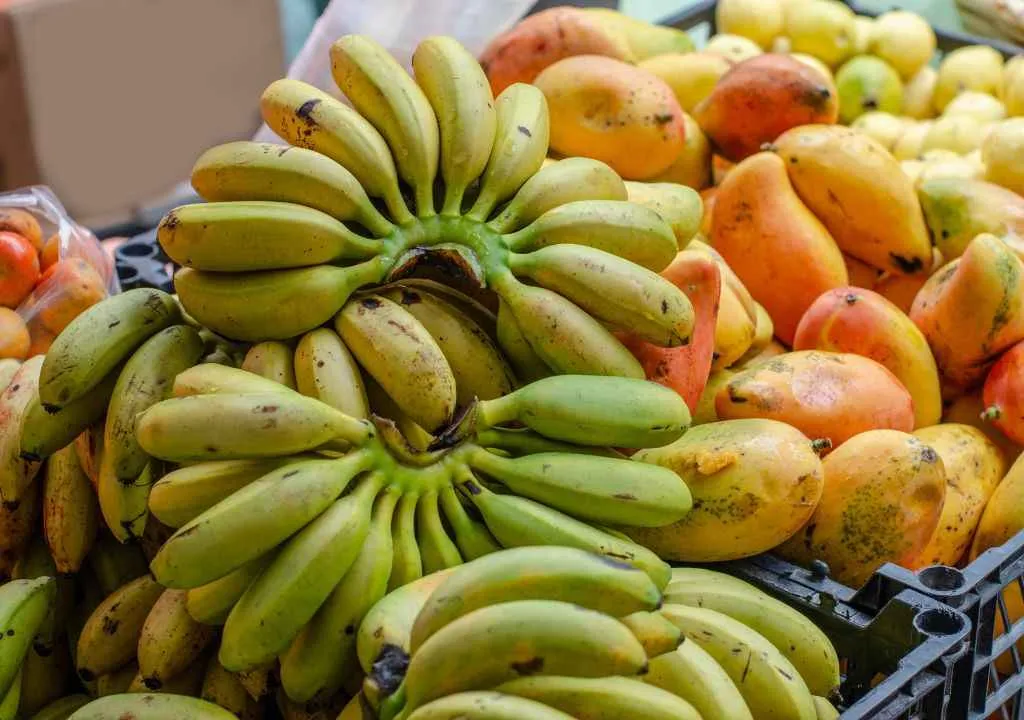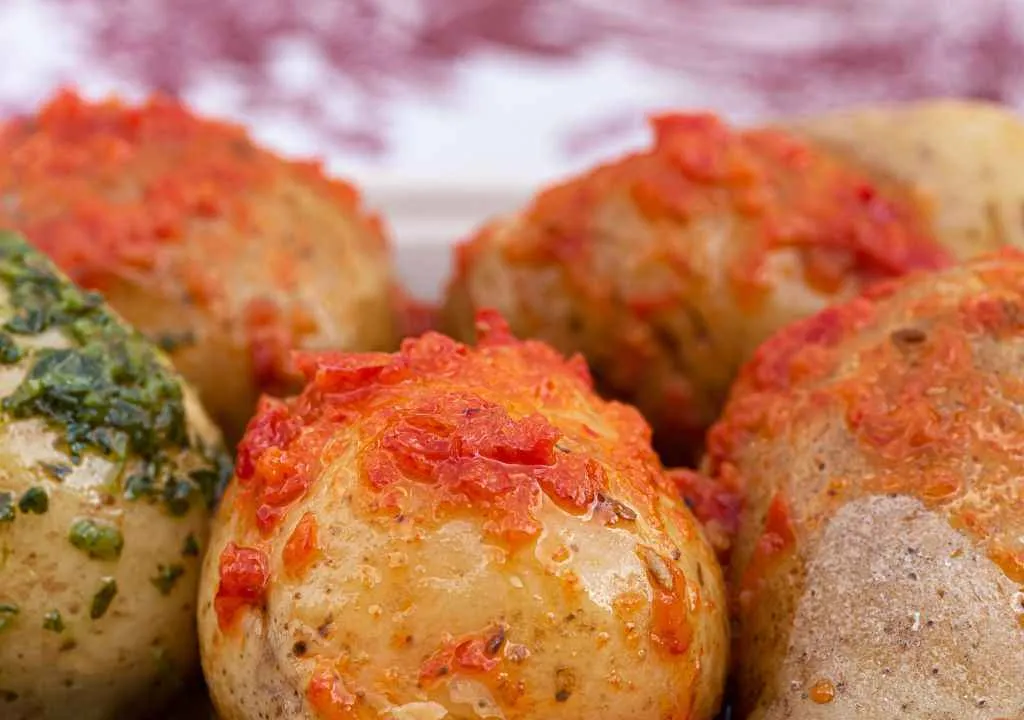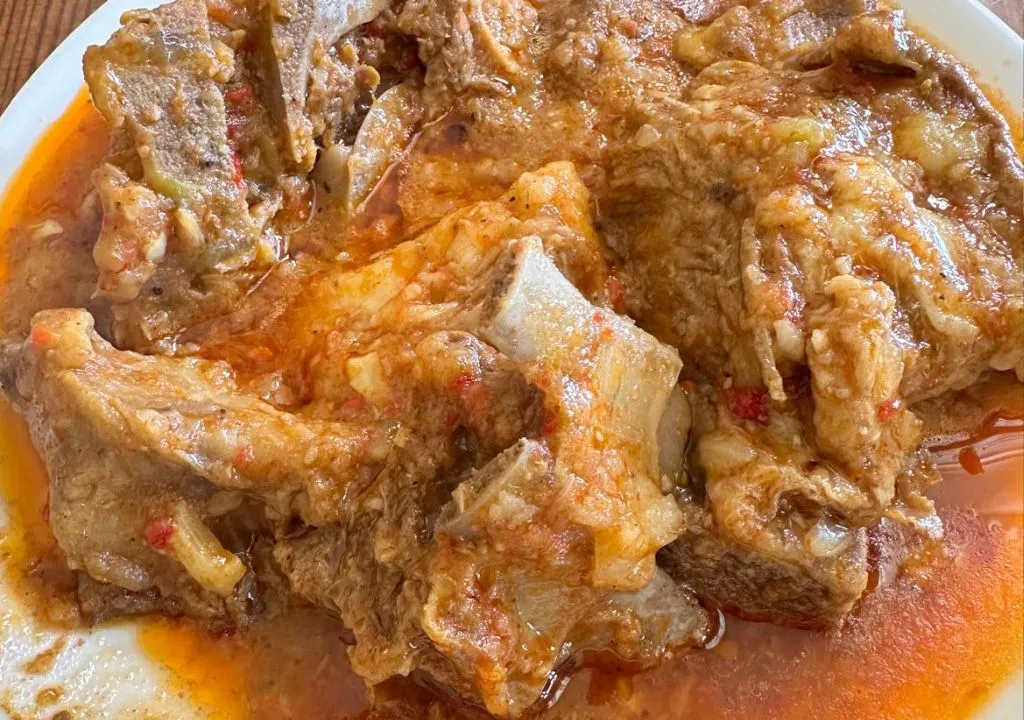The vineyards of La Palma trace their roots back to 1505, when the first vines were introduced by the Spanish conquerors. Since then, winemaking has become deeply embedded in the island’s agricultural and cultural identity, always shaped by volcanic soil and Atlantic winds.
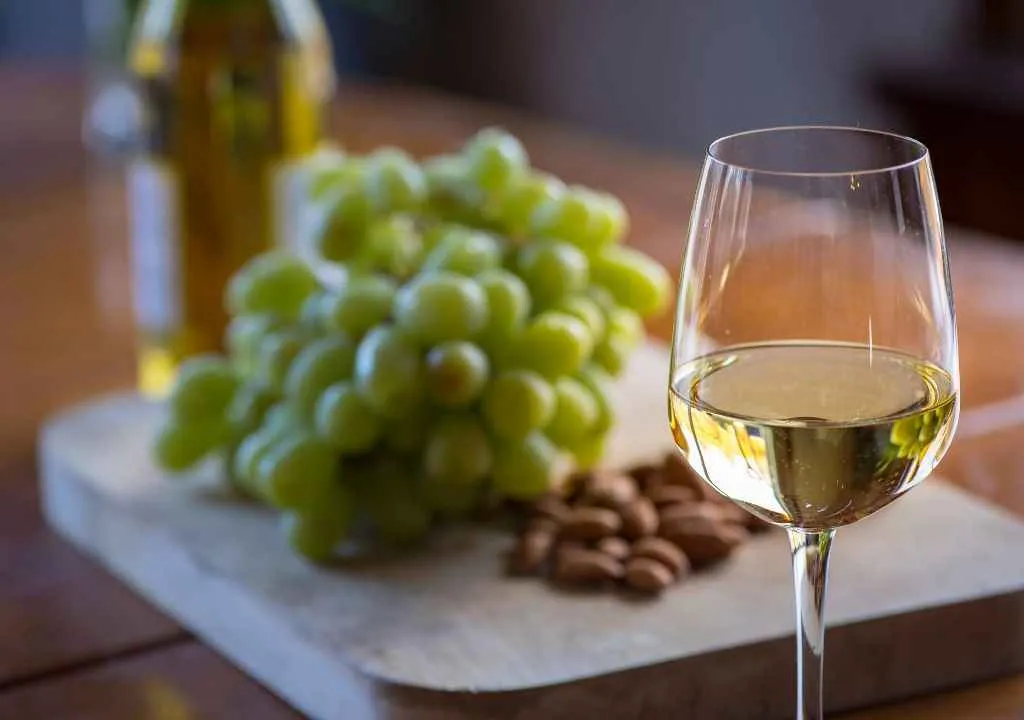
A Protected Name and a New Era
In 1994, the creation of the La Palma Denomination of Origin (DO) gave local viticulture a powerful boost. This certification fostered the emergence of new wineries, the production of award-winning wines, and a renewed sense of pride in the island’s wine heritage.
Styles and Grape Varieties That Speak of the Land
- Dry white wines: Light, aromatic, crafted from Listán Blanco, Bujariego, and Albillo.
- Young red and rosé wines: Predominantly made from the Negramoll grape.
- Tea wines: Aged in barrels made of Canarian pine (Pinus canariensis), with bold character and high alcohol content (15–22%).
- Sweet Malvasía: The island’s iconic wine, made from sun-ripened grapes with intense amber notes, especially renowned in Fuencaliente and Mazo.
- Albillo Criollo: A sweet, refined expression of Malvasía gaining fame for its unique, balanced flavour.
These wines embody the island’s terroir, volcanic energy and ancestral know-how, all bottled into unforgettable taste experiences.
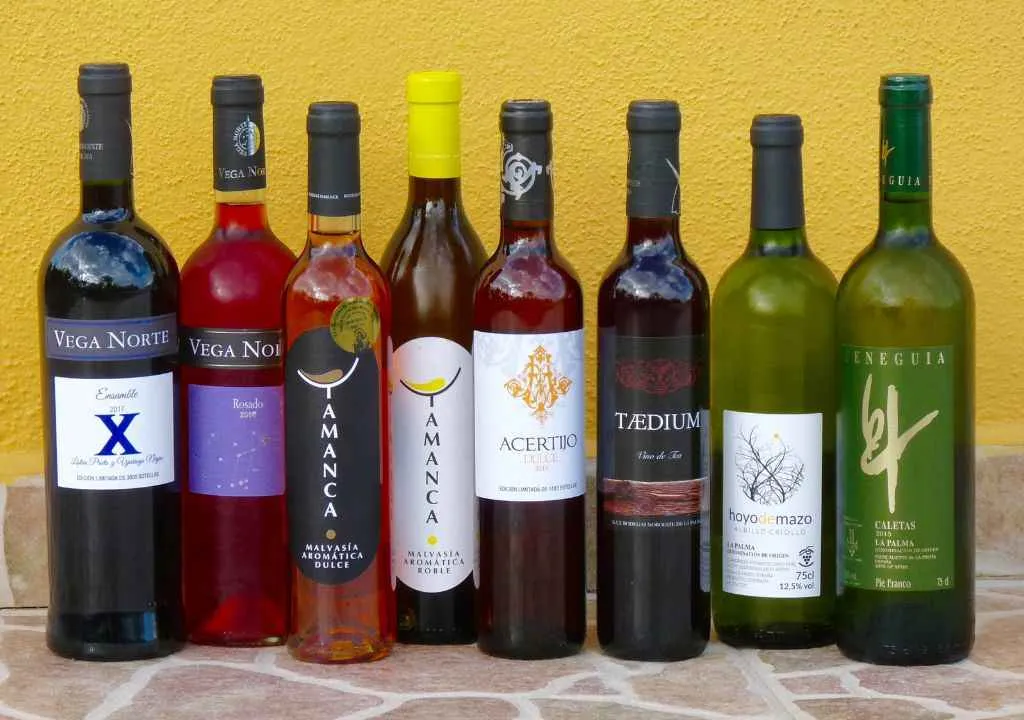
Wineries That Welcome You In
Several wineries on the island open their doors to visitors and wine lovers:
- Bodegas Tamanca, Las Manchas
- Hoyo de Mazo, on the island’s eastern side
- El Tendal, in Tijarafe, with a charming tasting room
- Bodegas Carballo and Teneguia, in Fuencaliente
- El Níspero, in Garafía
- Bodegas Teneguía and Vega Norte, iconic references in local winemaking and wine tourism
Quick Facts at a Glance
| Feature | Details |
|---|---|
| Terrain | Volcanic soil, altitudes from 200 to 1,400 m, Atlantic climate with trade winds |
| DO “La Palma” | Officially recognized since 1994 |
| Wineries & growers | 18 active wineries, 983 winegrowers, 537 hectares of vines |
| Main styles | Dry whites, young reds and rosés, Tea wines, sweet Malvasía, Albillo Criollo |
| Key regions | Fuencaliente, Las Manchas, Hoyo del Mazo, Las Breñas, North (Tea Wines) |
A Wine with Soul
A wine from La Palma is more than just a drink, it carries landscape, climate, tradition and memory. One of the best ways to enjoy them is with a fresh fish or meat dish in one of the island’s many restaurants. Or during one of the lively wine fairs that take place in local town squares, where producers gather to showcase their finest vintages. Don’t miss the Fiesta de la Vendimia (Harvest Festival) in Fuencaliente for an authentic celebration of wine culture.
No matter the moment, every glass invites you to taste the volcanic soul of La Palma.

